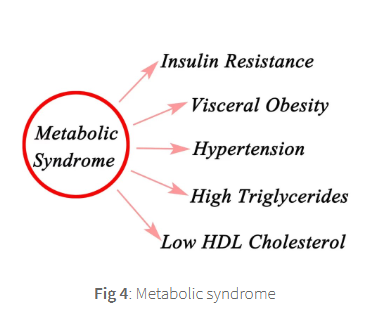3.1 risks + symptoms + diagnosis + managment
1/15
There's no tags or description
Looks like no tags are added yet.
Name | Mastery | Learn | Test | Matching | Spaced |
|---|
No study sessions yet.
16 Terms

Risk factors for NAFLD include:
over 50 years old
obesity
poor diet
low activity levels
type 2 diabetes
polycystic ovary syndrome
increased cholesterol
increased blood pressure
smoking
condition is gnerally asymptomatic and is often revealed wne a person has a blood test but there are possible indications
Fatigue
Generally feeling unwell
Abdominal discomfort (especially in the upper right quadrant)
Unexplained weight loss
Elevated liver enzymes.
diagnosis invludes
taking a medicla history
blood tests
liver ultrasouns
various algorithm-based methods
transient elastography
liver biopsy
Taking a medical history
to evaluate alcohol intake and risk factors (e.g., obesity, diabetes)
Blood Tests
such as liver function Tests (LFT) and lipid profile. For example, a raised alanine aminotransferase (ALT) is often a first indication.
Liver Ultrasound
can confirm a diagnosis of hepatic steatosis but does not indicate the severity of the condition and can show normal results in NAFLD.
Various algorithm-based methods
, for example the NAFLD fibrous score which uses data based on age, BMI, liver enzymes ALT/AST ( asperate aminotransferase), platelets, albumin and diabetes.
Transient elastography (Fibroscan)
which checks the stiffness of the liver or the degree of scarring
liver biopsy
is considered in patients with suspected NASH to assess inflammation and fibrosis
Lifestyle modifications including a low-calorie, balanced diet rich in fruits, vegetables, and whole grains (NICE recommends dietary interventions).
This will stop the build up of fat in the liver, reapir any damage and stop the condition getting worse.
At least 150 minutes of moderate-intensity exercise is also recommended.
Further information on dietary and healthy lifestyle advice can be found on The British Liver Trust website.
These changes will also reduce the risk of some other conditions that are linked to non-alcoholic fatty liver disease,
including cardiovascular disease, chronic kidney disease, hypertension and type 2 diabetes.
there is mo specific medication for NAFLD
however under specialist supervison
Vitamin E can be used for patients without diabetes
to reduce liver enzymes, fat accumulation and inflammation.
Pioglitazone for type 2 diabetes patients
with NASH and advanced fibrosis.
watch video
further infromaiton